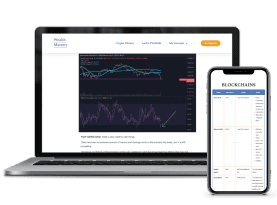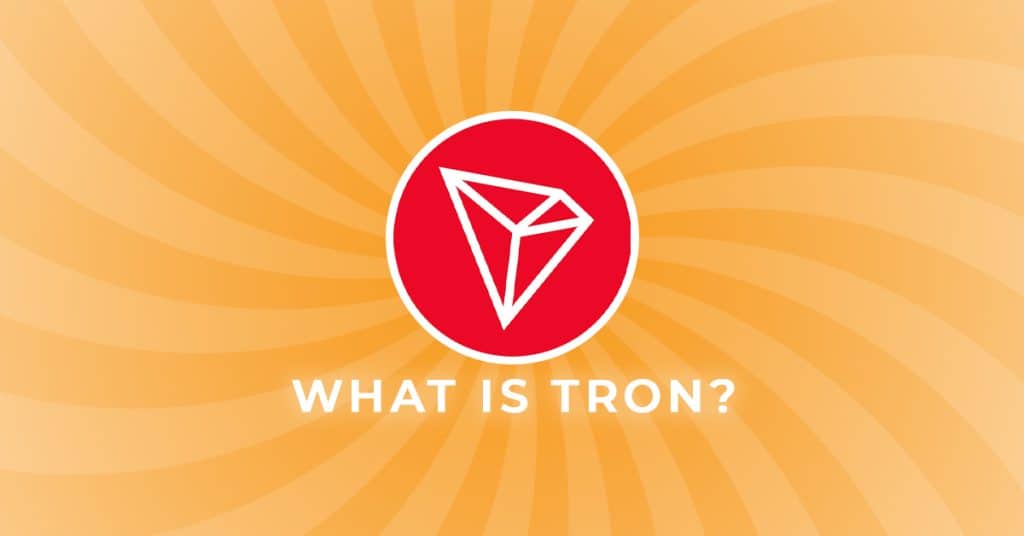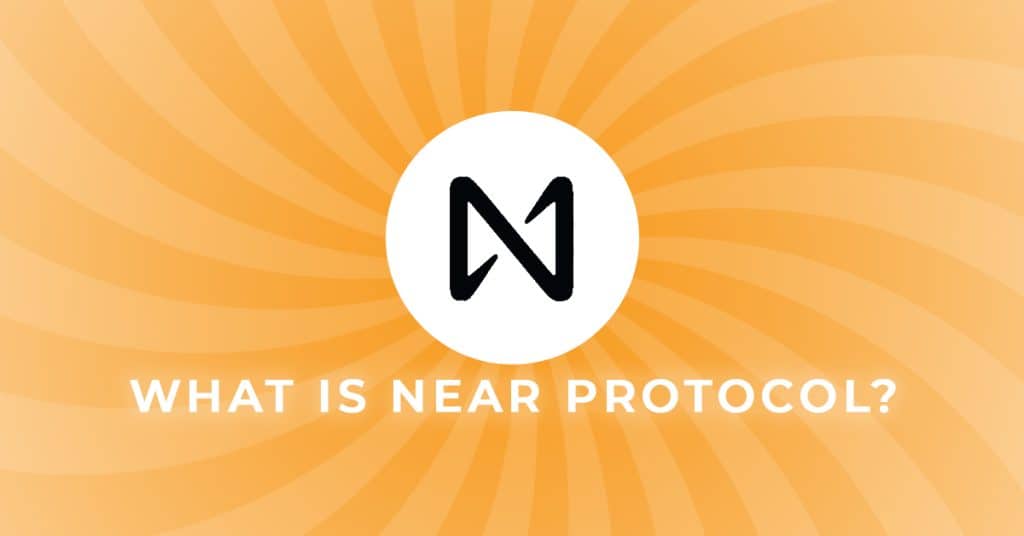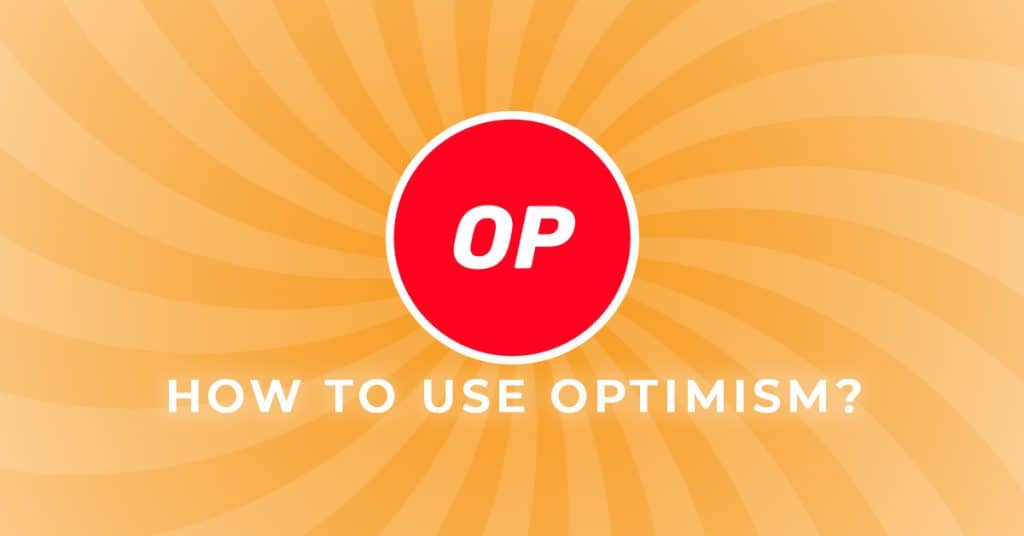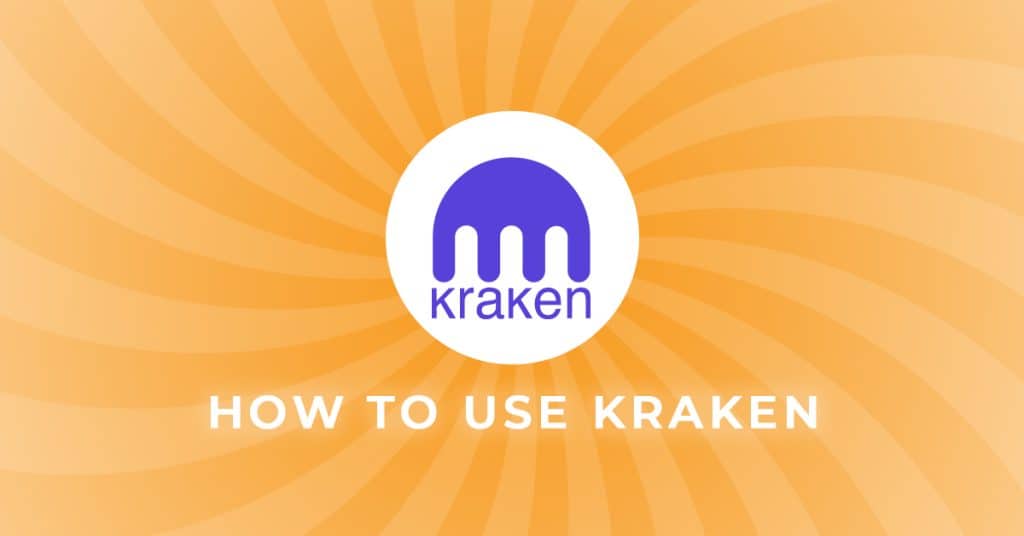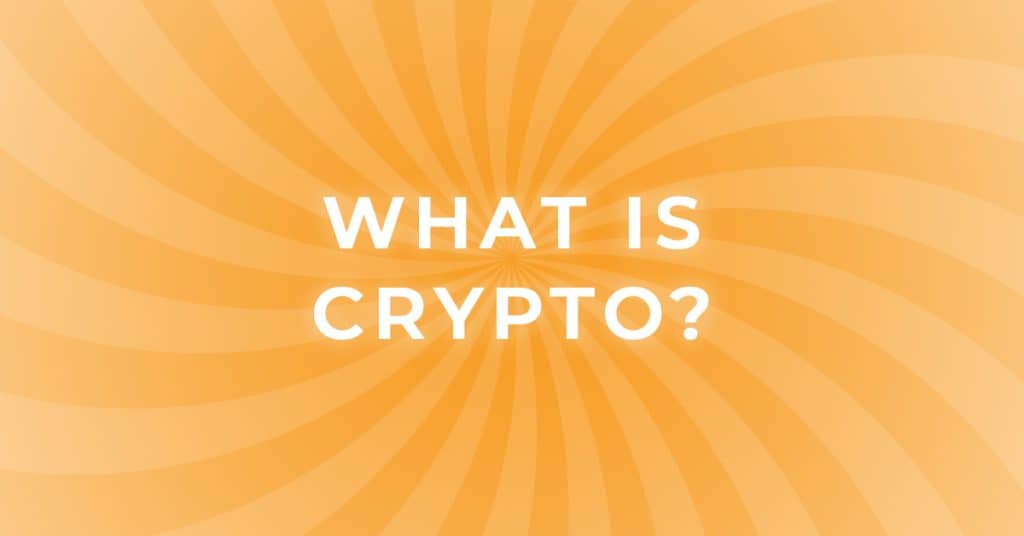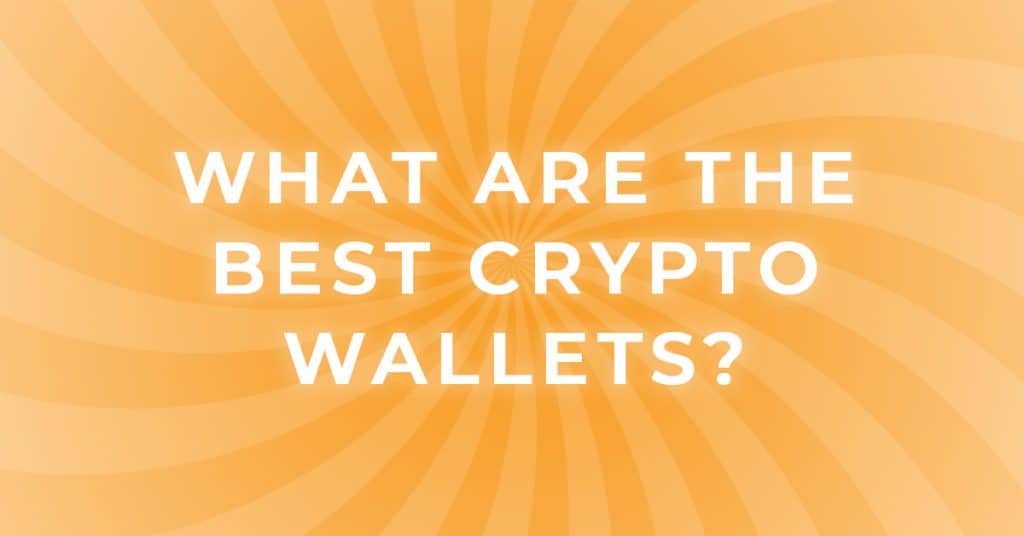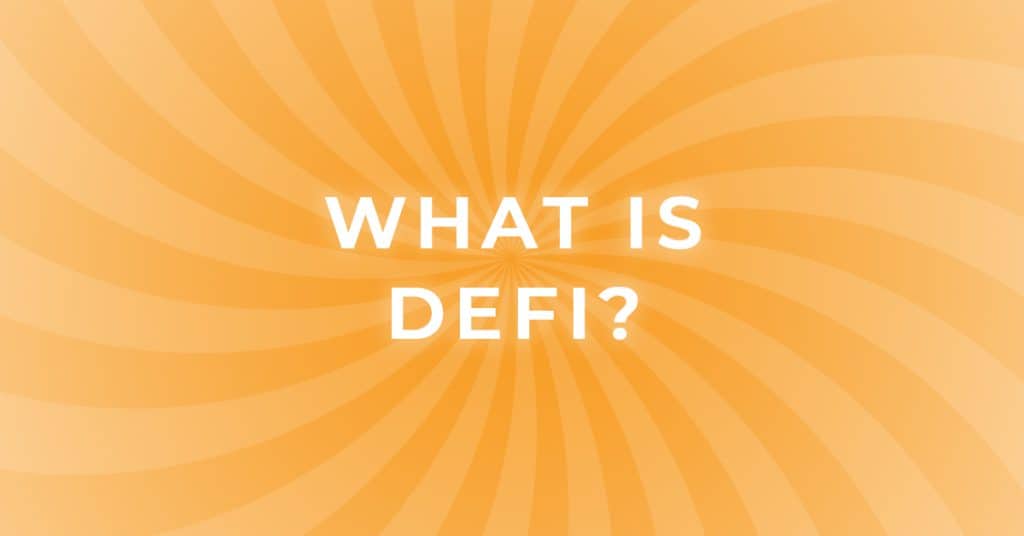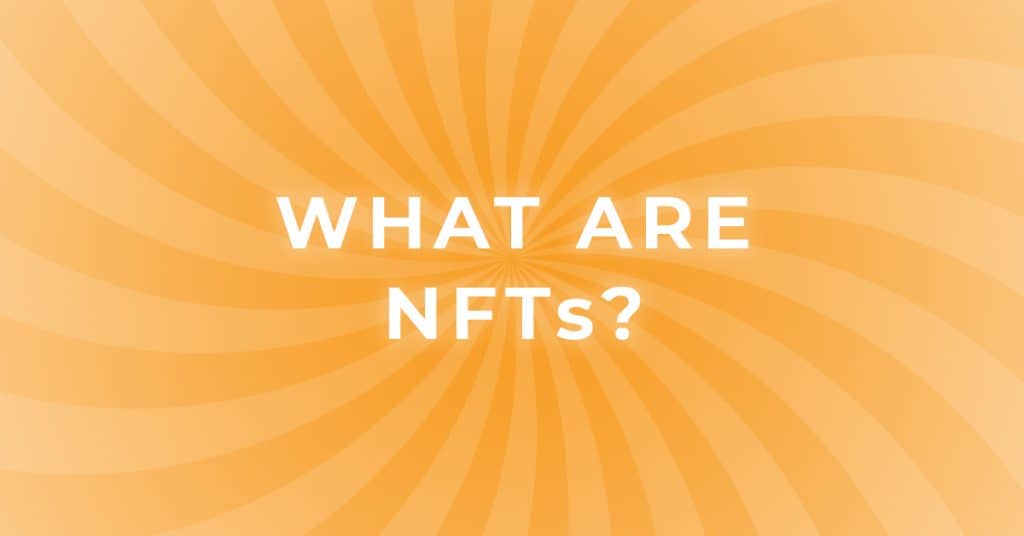What is Optimism? | Optimism Explained for Beginners
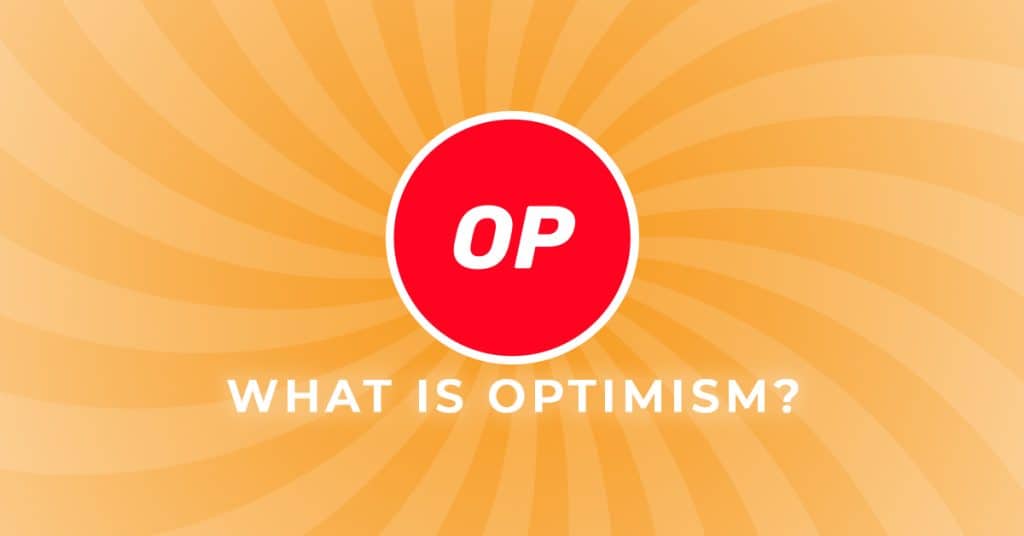
Much of the innovation in the crypto-economy is happening at the layer 2 (L2) level. Specifically, the Ethereum L2 level. And for good reason.
When the 2020 – 2021 bull market congested Ethereum, and transaction (gas) fees spiked into the hundreds of dollars, the free market did what the free market does. Find solutions. Enter Optimism, a premier L2 scaling solution for Ethereum.
This article provides a plain English overview of Optimism. The following is covered:
- What is Optimism;
- How Does Optimism Work;
- Governance;
- Performance and Market Statistics;
- Tokenomics; and,
- Future Developments.
And when you’re ready to start using the protocol, see How to Use Optimism | A User’s Manual. It gives the easiest way to use Optimism and provides recommended dApps and additional resources.
What is Optimism?
Launched in December 2021, Optimism is an open source, L2 optimistic rollup for Ethereum. The protocol’s purpose is to increase Ethereum’s scalability and reduce users’ gas fees. Essentially, Optimism is a proxy for Ethereum. The L2 has the same feel, convenience, and major dApps as the underlying L1.
After launch, Optimism quickly became one of Ethereum’s go-to L2s. Currently, it’s the second most-utilized L2, after Arbitrum. Optimism users save roughly 85% to 95% per transaction as compared to Ethereum mainnet users.
Optimism is governed by the Optimism Collective, a global collection of individuals, groups, and developers who govern and improve the protocol. Optimism’s native token is OP, a governance and project funding token.
How Does Optimism Work?
Optimism is an L2 optimistic rollup. What does that even mean?
L2: An L2 is a blockchain built “on top” of another blockchain (an L1). The best analogy is a double-stacked highway. Imagine there’s a congested highway. Naturally, developers build a second highway stacked above the first for the purpose of increasing throughput. It’s the exact same concept with Ethereum (L1) and Optimism (L2). Speaking technically, L2s execute transactions on their own network, and then batch over compressed (“rolled up”) transaction data to the L1 for ultimate validation.
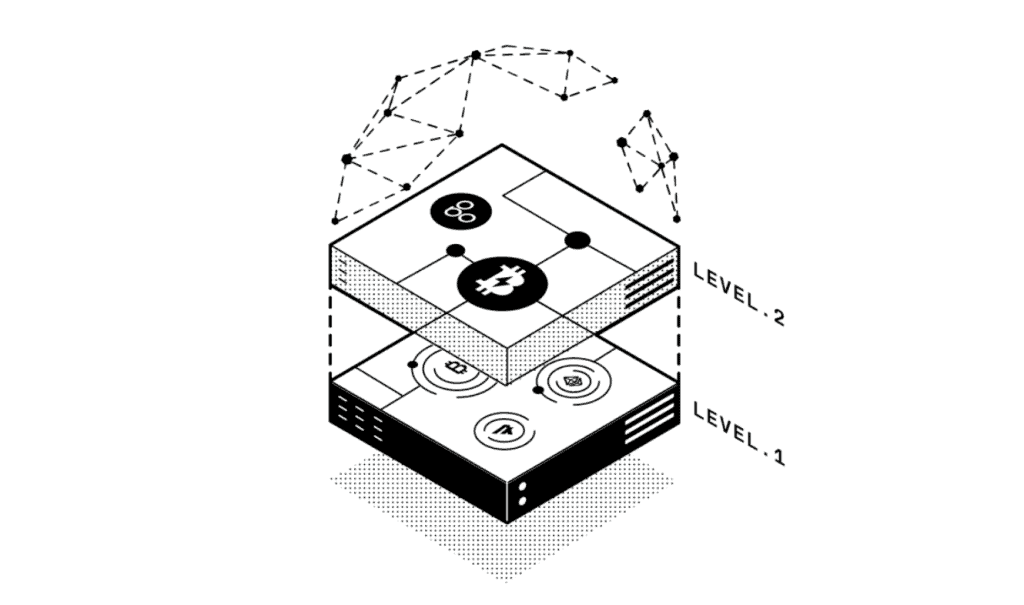
Optimistic: Technology that assumes most economic actors act with honesty. Thus, Optimism assumes that the executed transactions on its network are valid and correct. That’s why it’s “optimistic”. Optimism is efficient because it doesn’t have to expend energy resources to prove the validity of every transaction.
Fraud-Proof: You might be thinking Optimism is a fraud free-for-all. It’s not. After transaction data is rolled up and sent to the L1, it must pass through a 7 day “challenge window” period before it can be validated. During this time, anyone can dispute a transaction they believe to be incorrect. When a dispute is submitted, Optimism kicks into gear and determines the validity of the dispute. This resolution process is called a “single-round fraud proof”. The system determines the honest party, the liar, and the correct state of the blockchain. The honest party is rewarded and the liar’s bond is slashed. Nothing like an economic carrot and stick approach to not cheat the system.
That’s the high-level concept of how Optimism works.
Governing Structure
Optimism is an open source protocol that was developed and launched in late 2021 by a group of Ethereum developers. The protocol is governed and maintained by the Optimism Collective, a DAO comprised of a global network of interested individuals, groups, and developers.
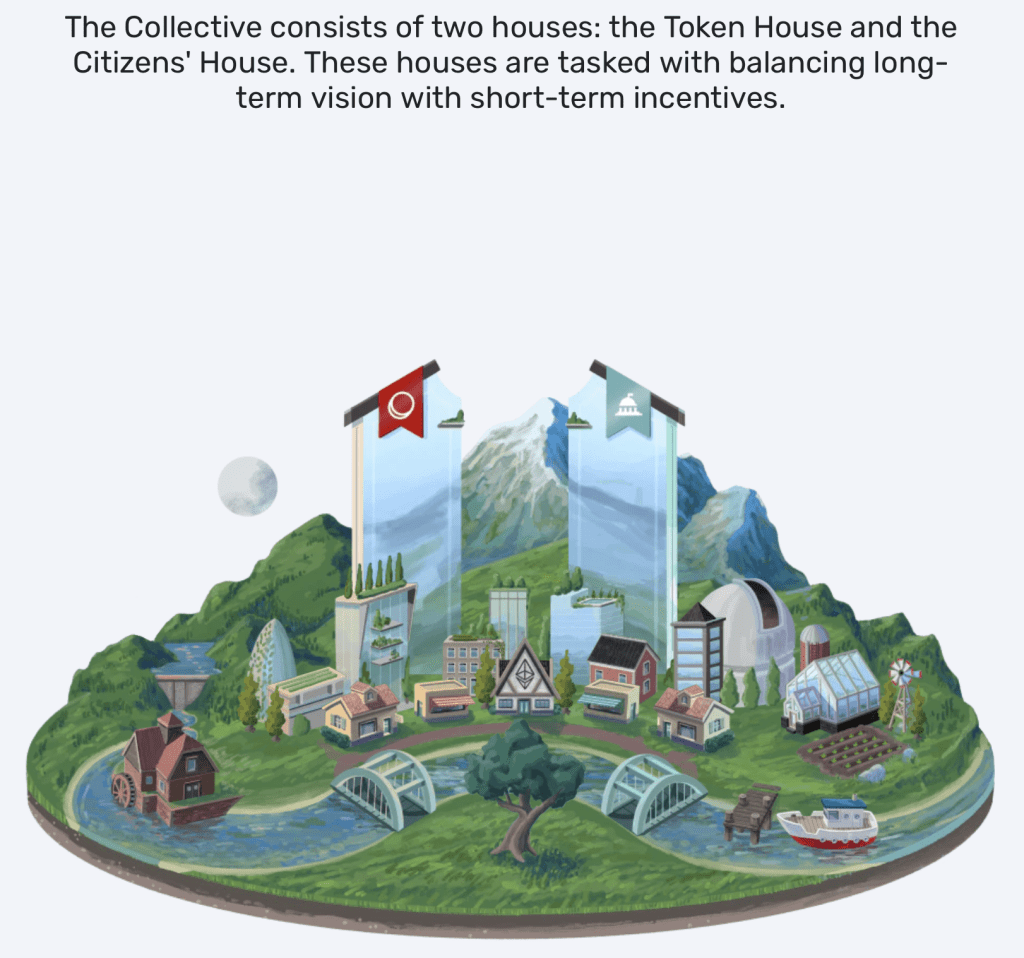
The Optimism Collective is broken down into two segments, called the Token House and the Citizens House. The Token House handles the technical decisions and upgrades to the protocol, while the Citizens House determines funding decisions for the greater “public good”.
Performance and Market Statistics
Let’s get down to the brass tacks and look at how Optimism is doing in terms of performance and market statistics.
Keep in mind that the following is a momentary snapshot. This industry moves fast so compare these numbers to your current time to see how Optimism is fairing!
Performance
Blockchain performance is in part measured by transaction fees and transactions per second (TPS). The lower the former and higher the latter, the better.
According to L2Fees, Optimism is in the top half of cheapest Ethereum L2 rollups. When users elect to use Optimism over the Ethereum mainnet, they’re saving roughly 85% to 95% per transaction.
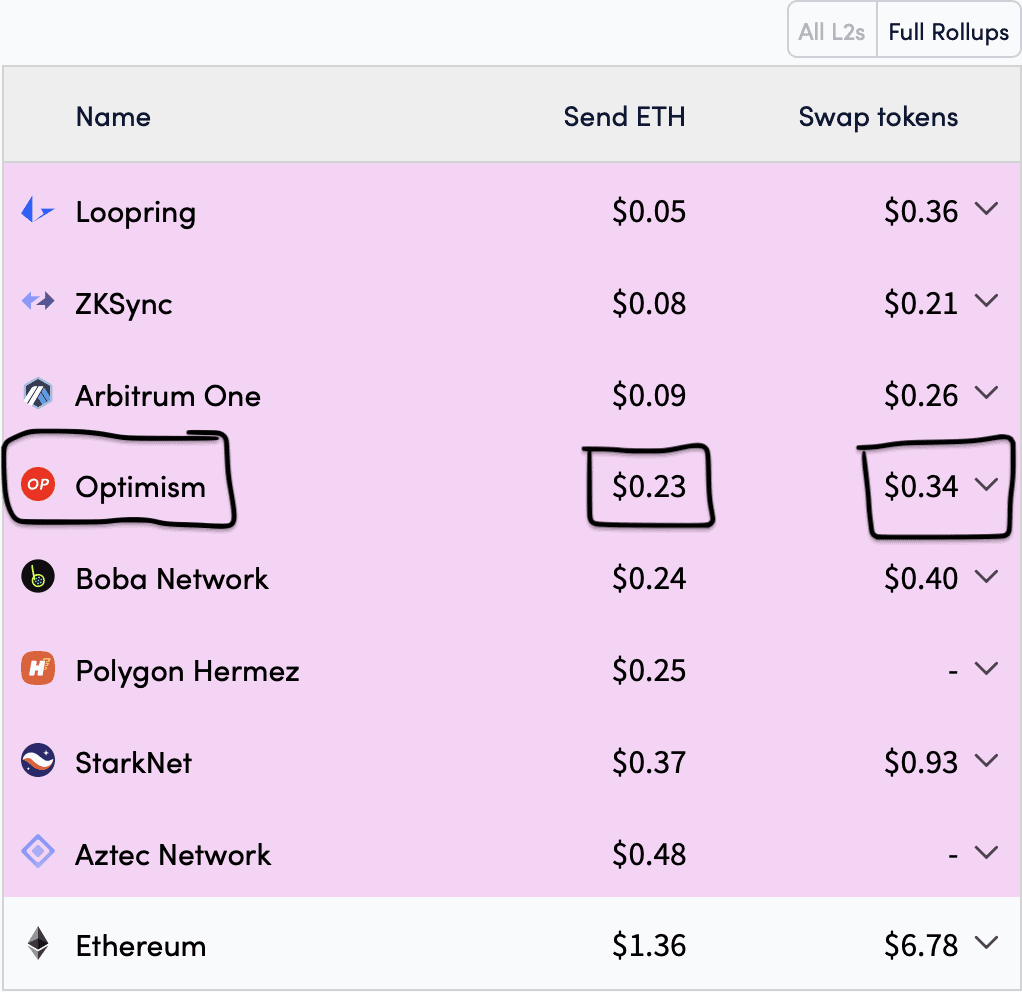
According to L2Beat, Optimism is in the top third of Ethereum L2s for highest TPS. Optimism is processing approximately 20% of the total transactions processed on the Ethereum mainnet.
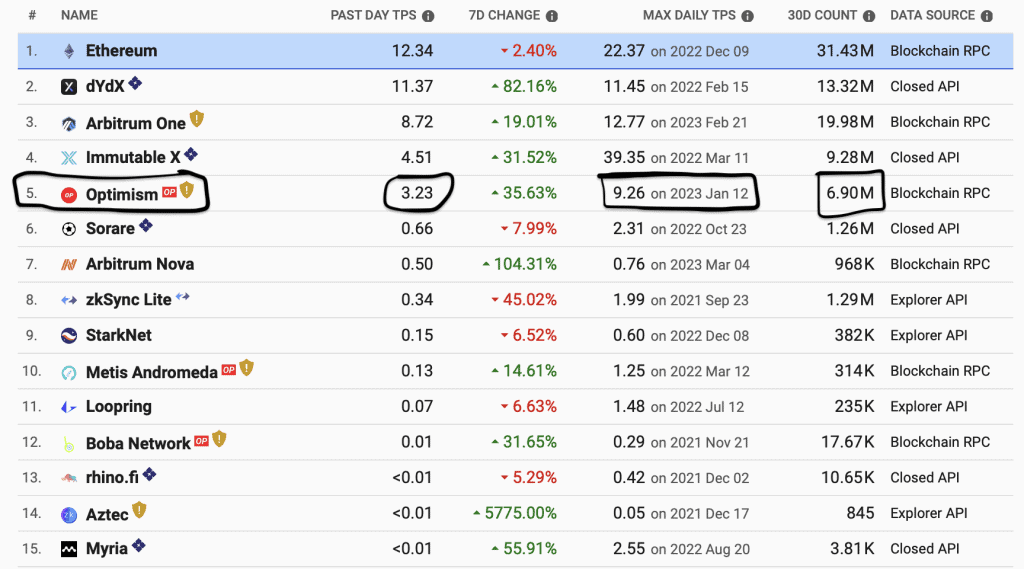
Market Statistics: TVL & Dominance
In terms of Ethereum L2 market dominance, Arbitrum and Optimism are King and Queen. The rest are mere peasants in the Layerdom! L2Beat data states that Optimism houses approximately $1.5 billion on its network, which is 30% of the total Ethereum L2 market share.
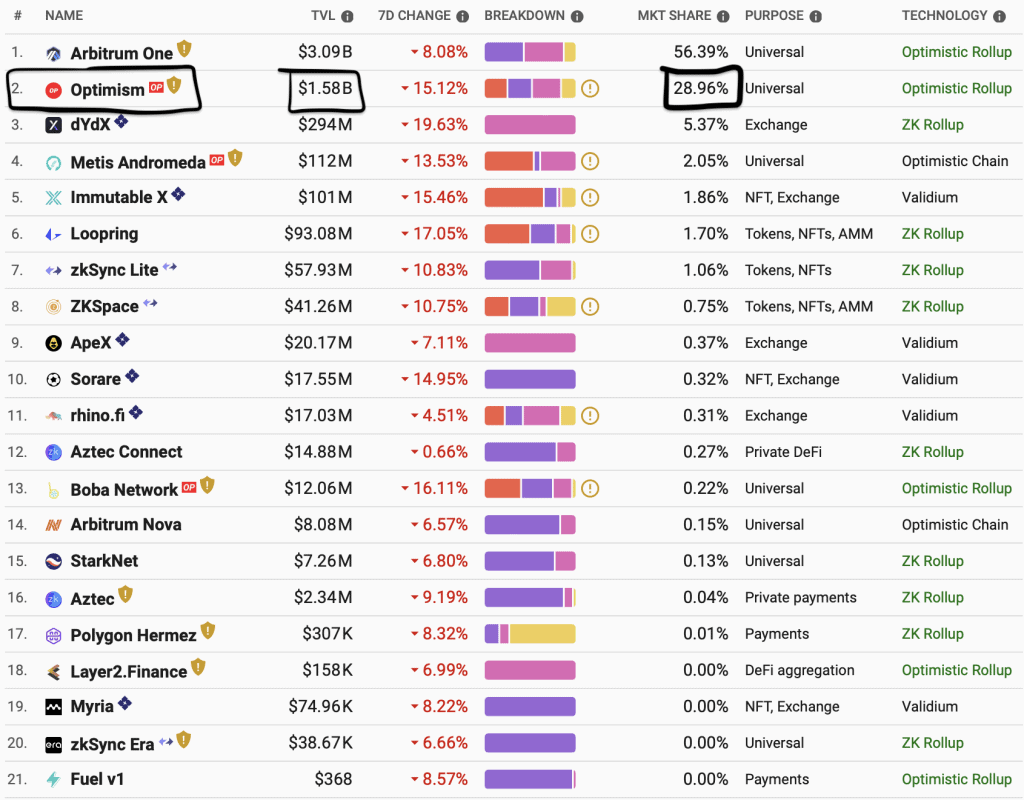
Market Statistics: DeFi
Let’s start with the macro DeFi picture. According to DeFiLlama, Optimism is 7th in terms of highest TVL for all blockchains! The protocol currently has 112 DeFi dApps with $717M in TVL.
This is a big deal. Keep in mind that there are hundreds of blockchains that support DeFi. This means that Optimism, an L2, is a top 10 player doing more business than L1s like Solana and Cardano!

In terms of rollups, it’s the same story as the market dominance numbers discussed above. Optimism is second highest in TVL. Just look at the TVL gap between Optimism and the bronze medalist. Wowsers!
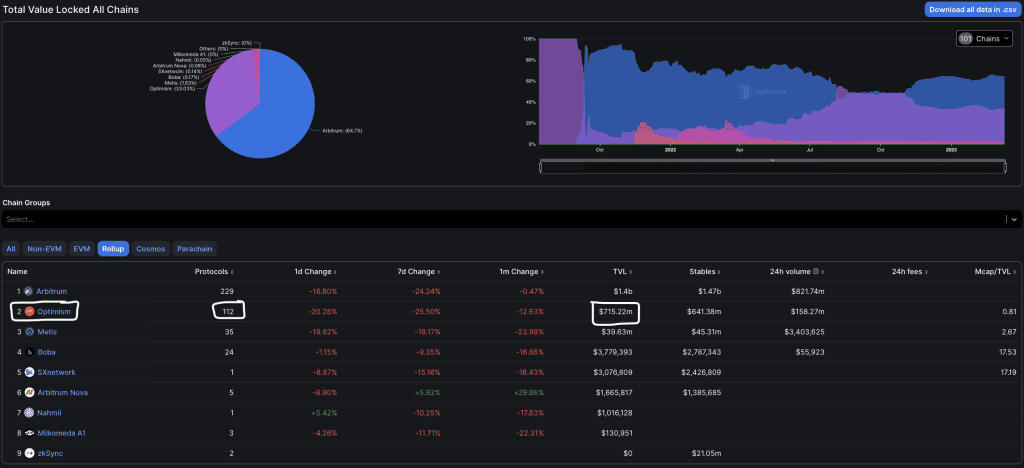
Market Statistics: NFTs
It’s difficult to find comprehensive data in terms of blockchain NFT all-time sales data. But take a look at the data below from OpenSea. Yes, OpenSea is on Optimism!
The following is a comparison of all-time sales volume for the top five NFT collections between Ethereum, Arbitrum, and Optimism. Of course, Ethereum blows its two largest L2s out of the water. Interestingly, Arbitrum is doing roughly 20X more in NFT sales volume than Optimism.
But regardless, did you know that Opensea is on Optimism!
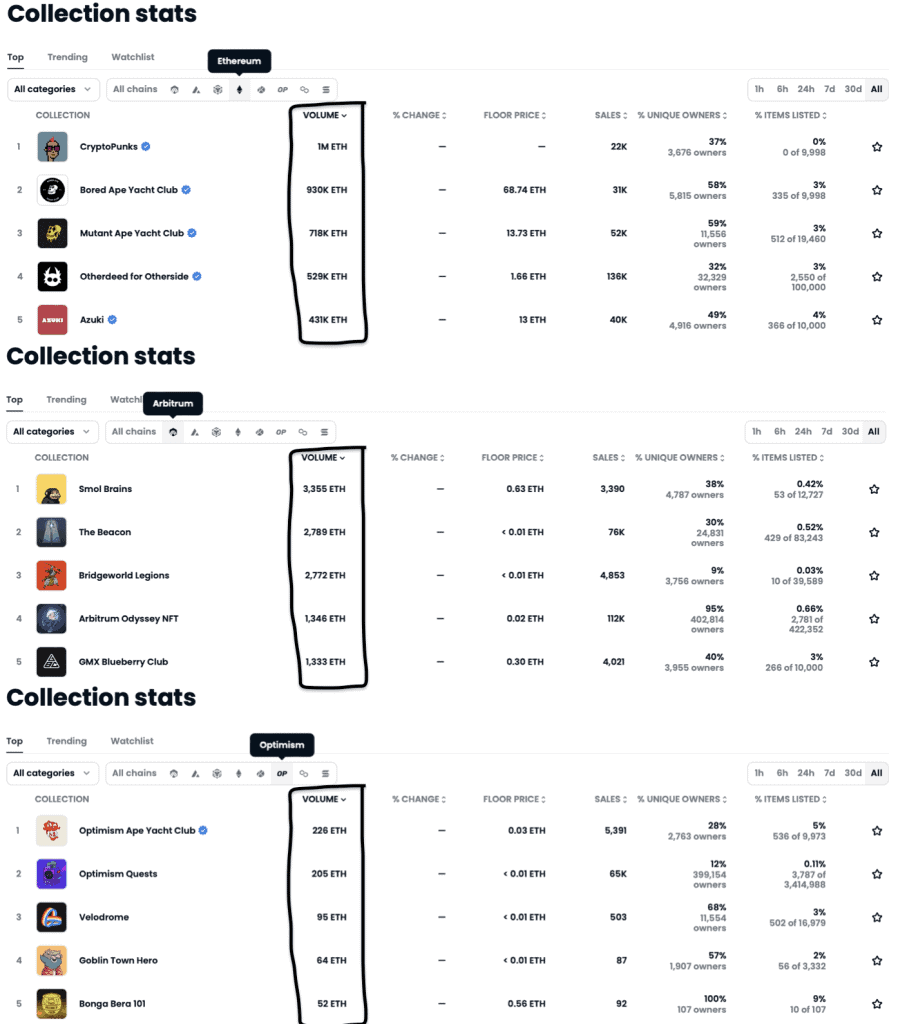
Tokenomics
Optimism’s native token, OP, is primarily used as a governance and project funding token for the Optimism Collective.
OP has a max supply of 4.2 billion tokens. Thus far, only 314 million (7%) have been minted. The token has an inflation rate of 2% per year. Here’s the token allocation breakdown:
- 25% – Ecosystem Fund
- 20% – Retroactive Public Goods Funding
- 19% – Airdrops
- 19% – Core Contributors
- 17% – Investors
OP was launched via an airdrop in May of 2022. It was a rough landing. Approximately 231K addresses were eligible to receive 214 million (5%) tokens. But after the airdrop, community complaints surfaced stating that some users claimed their OP tokens early and then dumped them on the rest of the community. The developers did admit that there were some errors with the initial airdrop.
Having said that, Optimism docs lay out an interesting vision for how value is generated and multiplied within the network. Here’s a summary of the idea:
- Demand for Optimism block space generates revenue (via gas fees);
- A portion of these fees are distributed for the public good (startup funding, new develop., etc.); and,
- Flourishing innovation goes full circle and increases the demand for more block space.
A cycle of economic prosperity! Optimism docs further explain that this cycle benefits the following stakeholders in the following ways:
- OP token holders ultimately benefit when fees are appropriately distributed for new development;
- Developers and innovators benefit from directly receiving these fees; and,
- Users and community members benefit from future airdrops and incentives.
At the end of the day, OP is primarily a governance token. But the Optimism Collective is leaning hard into the idea that distributing network fees to innovators who are committed to improving the L2 will ultimately circle back to increase the value of OP.
Future Developments
It appears that the Optimism Collective is in the process of creating the tooling necessary to allow for a larger “Superchain” network to emerge on top of Ethereum. The vision is for an interoperable system of blockchains to be built on top of Ethereum, with Optimism software as the construction material for these new L2s.
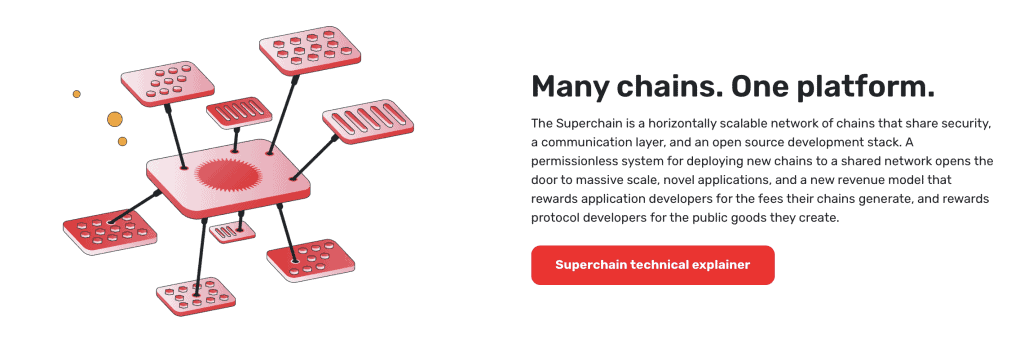
The Optimism Collective states that a Superchain network is necessary in order for blockchain technology to scale to a global user-base. They further state that their goal is to build a toolkit so convenient that 3rd party developers can one day build custom Ethereum L2 blockchains as easily as they build dApps today.
And this process has already started. Coinbase recently launched “Base”, an Ethereum L2 built with Optimism’s software stack. Additionally, Coinbase has joined Optimism Labs as a core developer of Optimism’s codebase, for the purpose of helping build out this “initial Superchain structure”.
Keep an eye on this emerging Superchain ecosystem moving forward.
Final Thoughts
The utility of Optimism cannot be denied.
Born in response to Ethereum’s congestion and fee problems, Optimism provides the L1’s full power and convenience but at a fraction of the price. Nice! So what are you waiting for? Check out How to Use Optimism | A User’s Manual and start saving on your gas fees today!

